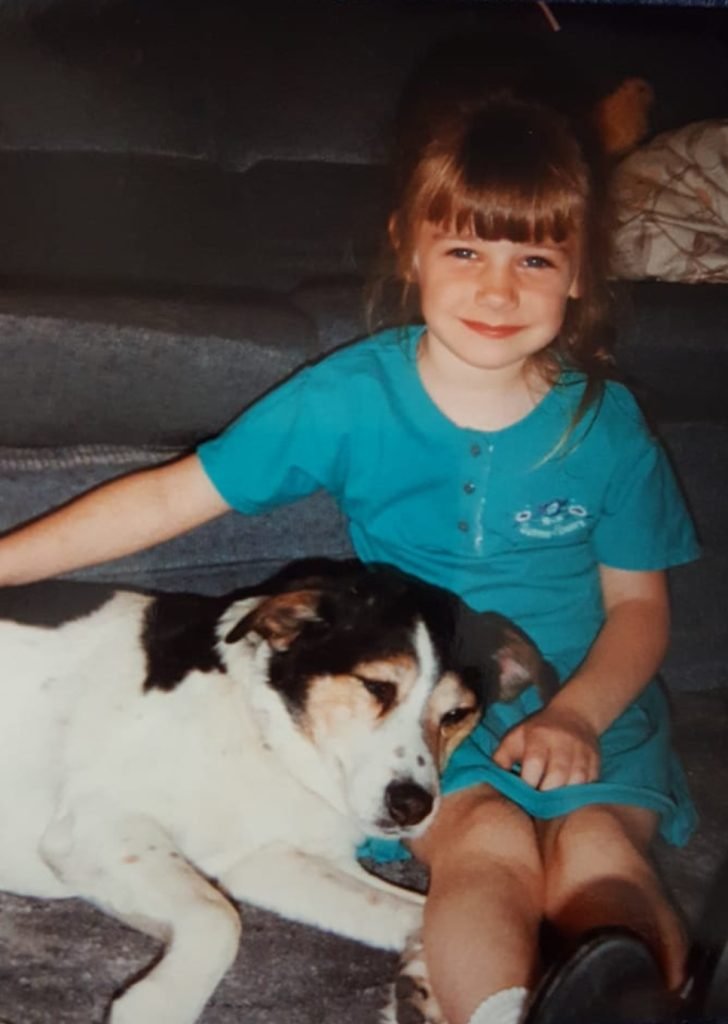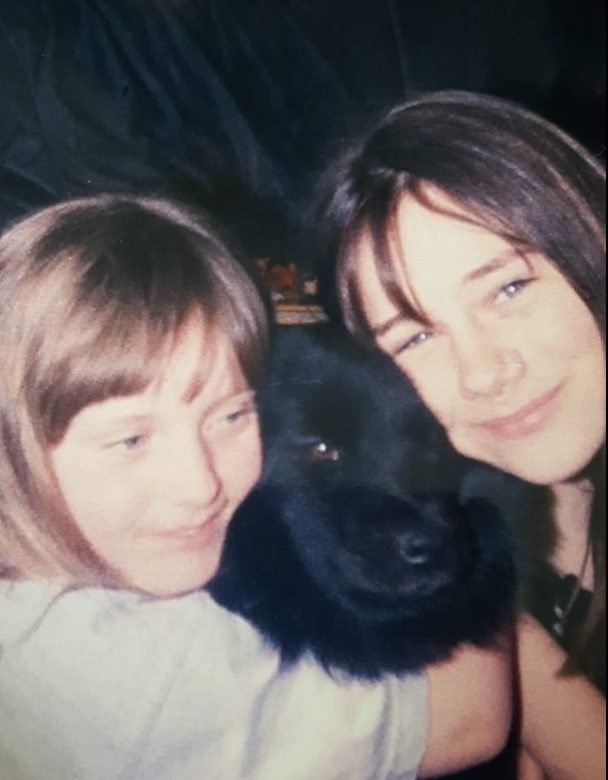Helping your child with the loss of a pet. This can be emotional for all involved. The familiar warmth and smell of your family pet, the cute faces and their funny ways. Pets are cherished members of the family, rightly so! When the time comes for them to leave us the heartache can be overwhelming. This article is going to guide you through helping your child when you lose a beloved pet.
It doesn’t matter if your pet has fur, fluff or scales, they are beloved by our children. In some cases children feel their pets are similar to a sibling or best friend. A familiar friend they can rely on, who never judges or answers them back. Pets often offer support to children finding their way through the challenges of childhood. Due to this, the death of a pet can hit them hard.
In many cases the loss of a pet will be their first experience of death. This can present them with many feelings they have never experienced before. If they haven’t had to deal with and process these emotions previously it can be even more difficult. As a parent, you will be required to support your child through these emotions and how to deal with them. Helping your child with the loss of a child may be tricky, and will be different for each child.

Thoughts and feelings
Your child’s level of understanding and how much information you choose to give them will depend on their age. Pre-school children may struggle with the permanence of death, and ask when your pet is likely to return. As children get older they may be more concerned about the feelings of others as well as their own emotions. They may worry about other pets, or how other members of the family may be feeling. In adolescence our children may not want to share how upset they are. They’re already dealing with a whirlwind of feelings and emotions and may not want to seem childish by getting upset.
We need to ensure children of all ages have a safe space to share their thoughts and feelings. Be prepared for questions relating to death, and post death experiences. Each child is likely to require a different level and type of support, the best way to help support them is to understand what they need.
Ways of helping your child with the loss of a pet
There are a number of ways to help support your child through losing a pet, some may be required at different times. All children are different, so different approaches may be needed.
Communication
The best way to find out what support your child needs is to talk to them. As with many of the challenges presented to parents, open communication is important. Encourage your child to express their feelings and share memories of their beloved pet. Avoid dismissing their emotions or using phrases like “it was just a pet.” Acknowledge the significance of the bond they shared and assure them that their feelings are valid.
Appropriate wording
Try to speak as plainly as you can, with no room for uncertainty. This will of course be age dependent. Younger children may not fully grasp the concept of death, so avoid using phrases like “passed away” or “went to sleep.” Older children can handle more detailed explanations, but always gauge their emotional readiness and answer any questions truthfully. When discussing the passing of a pet, honesty is key. Tailor your explanations to the child’s age, using simple and clear language.
Difficult conversations
Depending on your child’s age and understanding you may be presented with difficult or upsetting questions. Think about what you want to tell your child about what happens after death. With this in mind pre-read any literature you want to share, in case it mentions something you don’t believe in. This can cause conflicting information and distrust.

Stick to routines
Children quite often benefit from routines. Ensuring there are limited changes to routine can avoid them becoming more distressed. Grieving is a natural process, but maintaining routines can offer stability during tumultuous times. Stick to regular meal times, bedtime rituals, and other daily activities. Pets are often deeply integrated into family routines, so finding ways to continue these habits, even without the pet, can provide a sense of normalcy and comfort for your child. It can also help them see a way forwards.
Lead by example
Children often look to their parents for cues on how to handle difficult situations. Demonstrate healthy coping mechanisms by expressing your own grief appropriately. Share how you are feeling, normalise those feelings as a family. Sometimes it can help your children to identify those feelings in themselves. Share memories of the pet, talk about your feelings, and let your child see that it’s okay to mourn the loss of a beloved family member.
Making difficult decisions
If you are aware that your pet will be passing soon, they are unwell, or old. It may be a good time to talk to your child so that it is less of a shock when the time comes. Where possible allow them to be involved in conversations and decisions. If you know you will be taking your pet to the vets, maybe your child would like to choose a toy or blanket for them to take with them.
You may want to involve your child in decisions after your pet has passed away. Where do they want them to be buried, or where to keep or spread ashes. This can help them to feel empowered during the grieving process, but also helpful as it can distract them in a positive way.
Give them time
Everyone including children process things differently. Give them space and time when they need it. You may want to give them some books to read through when they want to. Ensure these align with your own thoughts and feelings relating to death.
Here are some books for different ages:
Age 4-8. The invisible leash
Age 9-12. You will be okay. Find strength, stay hopeful, and get to grips with grief.
Teens: You were my favourite hello and my hardest goodbye
For you: Wait for me in the rainbow
Do something practical
It may be good to give your child something practical to do to help celebrate the life of your pet. Consider creating a scrap book, photo book or memorial. Select some photos for a personalised cushion they can have on their bed. Older children may want to write stories or poetry. Encourage them in expressing their emotions where possible.
Extra support
If your child is very upset you may want to consider talking to their school. There may be extra support they can offer your child, and may keep a closer eye on them. If needed, there may be other support services they can signpost you to.

Don’t forget yourself
In amongst all of this, you are likely to be grieving too. Give yourself time to process and deal with your own emotions. While it is good to share how you are feeling with your children to help them identify their feelings, you may feel you cannot properly express these feelings in front of them. Get support from others when you need it, consider writing down your thoughts and feelings to help process them.
As well as your own feelings, it is very upsetting to see your children upset. This can also have an impact on you, don’t be hard on yourself if you are finding it hard to deal with.
Final words on helping your child with the loss of a pet
It can be difficult when helping your child with the loss of a pet. Losing a pet is undoubtedly a heart-wrenching experience, and as a mother, your role in guiding your child through this process is invaluable. Keeping open communication, maintaining routines, and encouraging healthy coping mechanisms, can help your child navigate the complex emotions that arise from the loss of a beloved family pet. Remember, every child grieves differently, so be patient, offer unconditional support, and cherish the memories of the furry friend who brought so much love and joy into your lives. Also remember yourself, allow yourself time to grieve, and don’t be hard on yourself.
This article contains affiliate links. Purchasing through these links is at no extra charge to you, but provides me with a small amount of commission.




